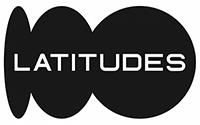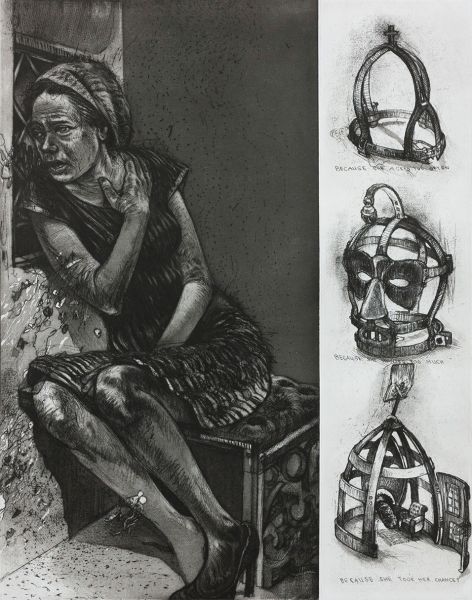Because She Took Her Chances
Store Review (0)PRESENTED BY : Warren Editions
| Frame | None |
|---|---|
| Edition Size | 20 |
| Medium | Softground etching, aquatint, burnishing on Zerkall Litho 270gsm |
| Height | 66.00 cm |
| Width | 49.00 cm |
| Artist | Diane Victor |
| Year | 2018 |
Diane Victor was born in 1964. She received her BA Fine Arts Degree from the University of the Witwatersrand. She won the SASOL New Signatures Award in 1987 and became the youngest recipient of the prestigious Volkskas Atelier Award in 1988 which granted her a ten-month stay at the Cité International des Artes in Paris. Since 1990, Victor has been a part-time lecturer, teaching drawing and printmaking, at various South African institutions including the University of Pretoria, Tshwane University of Technology, Open Window Academy, the University of the Witwatersrand, Rhodes University and the University of Johannesburg.
She has had numerous solo and group exhibitions in South Africa and internationally and has taken part in several residencies, including those in Poland, Vienna, USA and China. Victor is represented in many public and private collections in South Africa and abroad including The Victoria and Albert Museum, London and the Museum of Modern Art, New York. She has been the festival artist at ABSA KKNK, Innibos and Aardklop festivals.
The print by Victor is made using softground etching and aquatint. Softground etching lines look different from hard ground lines in that they are crumbly-looking rather than wiry and aren’t even from end to end. Moreover, tonal areas resembling pencil shading can be made and impressions from flat objects such as fabric, paper, foil can be achieved through the medium. Softground is essentially beeswax, mixed with petroleum jelly or tallow and a small amount of asphaltum; the wax and petroleum jelly or tallow retains the softness of the ground, to allow for a crisp impression of anything pressed into it.
The character of the line change depending on the amount of pressure used in drawing. More pressure removes more wax, so where the artist pressed harder the tooth-creating marks are bigger and closer together than those in the areas where only light pressure was used. Using coarsely grained paper gives coarse-textured lines and fine paper fine lines. In general, soft ground lines look like lines made by the drawing instrument – a clutch-pencil, HB pencil, ballpoint pen or any other object on which pressure can be applied.
Aquatint is a way of making tones. Despite the “aqua” in its title, the aquatint process does not involve water. It was invented in the mid-eighteenth century to simulate the effects of ink and wash drawings. With aquatint, one can capture a complete tonal range from a hint of a tone to mid-tones to shadows and extreme darks. Aquatints can be airy like those in the etchings of Paula Rego to velvety like those in the etchings of Pablo Picasso. Francisca Goya benefitted from aquatint’s ability to achieve darkness in tone and content.
To make an aquatint, a dense collection of tiny grains of gum rosin is melted onto a metal plate, which then functions as a porous ground; each grain or clump of grains becomes an island that protects the plate, which the acid will bite around.
The most common means of applying the grains is with an aquatint box, made for creating and containing a rosin dust storm. After the dust storm is created, the plate is slipped into the box to collect the grains as they fall. The plate is taken out and heated to melt the grains for them to adhere to the plate once cooled.










